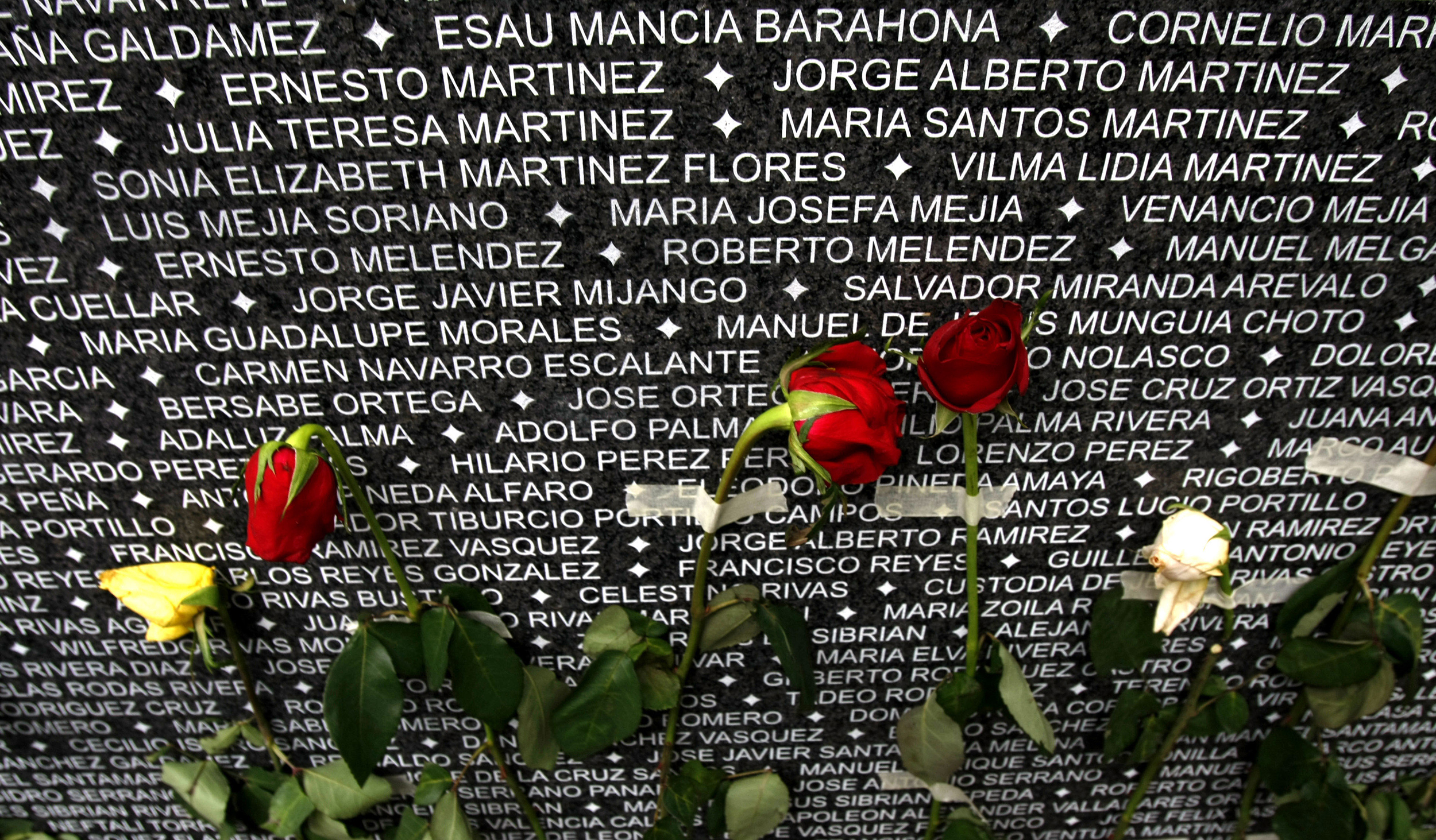By Hugo Sánchez
RIO DE JANEIRO, BRAZIL – (EFE) The number of reports of disappearances between January and April 2021 shot up by approximately 112% compared to the same period in 2020, according to figures from the Attorney General’s Office (FGR) provided to Efe.
The FGR data, obtained through the Law of Access to Public Information, indicate that in the first four months of 2021, there were 415 “victims for the crime of disappearance of persons”, while in the same period of 2020, the figure was 196.

These data correspond only to the criminal type of disappearance of persons. They do not include those of deprivation of liberty, which have been used in the past to measure the phenomenon of disappearances.
In October 2019, the Legislative Assembly created the crime and assigned penalties between 15 and 25 years in prison.
The report reports that cases have trended upwards in the four months recorded, with 87 in January, 93 in February, 117 in March, and 118 in April.
These four months have had higher records individually than in 2020, given that in January of that year, there were 43 cases, 56 in February, 61 in March, and 36 in April.
Of the total number of cases this year, including 10 computed up to May 11, the Prosecutor’s Office reports that 123 people were found alive, while 10 have been found dead.
These data are known when Salvadoran society has been dismayed by the discovery of a clandestine cemetery inside a house belonging to former police officer Hugo Osorio.
In the place, authorities have recovered at least 14 bones and 4 bodies.
Osorio is facing criminal proceedings for double femicide. At the same time, 20 more cases are being investigated against him, and he is a witness for the Prosecutor’s Office in 9 femicides, according to prosecutor Max Muñoz.
“In effect, Mr. Hugo Osorio was given a partial opportunity criterion only and exclusively for 9 cases where his participation was to throw the corpses into the well,” he said in a press conference on May 21.
The National Civil Police (PNC) records, to which Efe had access, also indicate that reports of missing persons in 2021 are higher than in 2020.
Between January and April of this year, the PNC has registered 654 reports, while in the same months of 2020, they totaled 560, the difference is 94 more cases and represents an increase of approximately 17%.
A LONG-STANDING PHENOMENON
The Minister of Security, Gustavo Villatoro, said on May 25 that the phenomenon of disappearances was born during the administration of Mauricio Funes (2009-2014) in the shadow of a truce between the gangs.
“When was the whole phenomenon of disappearances born, it is up to us responsibly as authorities to confront the phenomenon, but where was the phenomenon of disappearances born? It was born in the truce that Mauricio Funes made with these irregular groups (gangs),” Villatoro said in a television interview.
Between 2012 and 2014, the Mara Salvatrucha (MS13), Barrio 18, and other minority gangs maintained an armistice to reduce homicides in exchange for alleged prison benefits.
The investigation entitled “The Disappearance of Persons and the Context of Current Violence in El Salvador: An Initial Approach” points out that the phenomenon is linked to the appearance of clandestine cemeteries attributed to the gangs.
The study, headed by expert Jeannette Aguilar, indicates that “one of the first cases that attracted media attention” occurred in 2005, when “the remains of several people were found in a clandestine cemetery” in the capital.
He adds that “the adoption of the practice of clandestinely burying the bodies” could have been due to the anti-gang plans of the time.
This fact appears in the FGR’s 2005-2006 work report, published on the institution’s website.
A 2016 study by the Central American Research Institute for Development and Social Change (Incide), which also cites figures from the Attorney General’s Office, indicates that between 2005 and 2009, an annual average of 1,391 victims of deprivation of liberty, a crime “that refers to the disappearance of people,” was registered.

